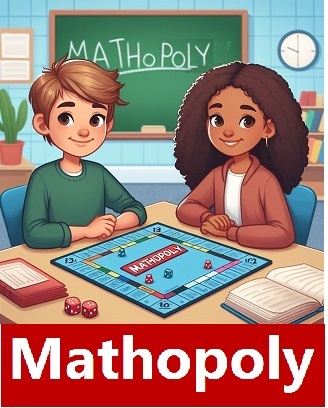| Number
Sense and
Numeration: Number sense refers to a general understanding of whole numbers, fractions, decimals and integers. Numbers are used in describing quantities, in counting, and in carrying out numerical operations such as addition, subtraction, multiplication, division. Understanding numbers and how they relate to each other, and knowing how to combine them to solve problems, help students develop understanding in all areas of mathematics. Measurement: Measurement involves an understanding of several concepts: the selection of appropriate measurement units in various situations; the quantity of measurement units required in various situations; the measurement processes; the use of measurement tools, and the use of estimation in measurement. Measurements are used to determine the height, length, and width of objects, as well as the perimeter, area and the volume. Geometry and Spatial Sense: Geometry is about shapes and their properties. Spatial sense is the intuitive awareness of one’s surroundings and the objects in them. This strand involves identifying and describing shapes, sizes, positions, direction, and movement. Students develop their spatial sense by visualizing, drawing, and comparing shapes and figures in various ways. Patterning and Algebra: Patterning involves analyzing and making predictions from patterns. Students identify patterns in shapes, designs, and movement, as well as in sets of numbers. They use concrete materials, graphs, tables, and descriptions to create patterns and to recognize relationships. The second focus of this strand is the concept of equality. Algebra involves using algebraic expressions, numbers and variables to represent equal quantities and students also develop techniques for solving equations. Data Management and Probability: Data Management involves learning about different ways to gather, organize, display, and interpret data. Students explore probability by conducting probability experiments and using probability models to simulate situations. |
